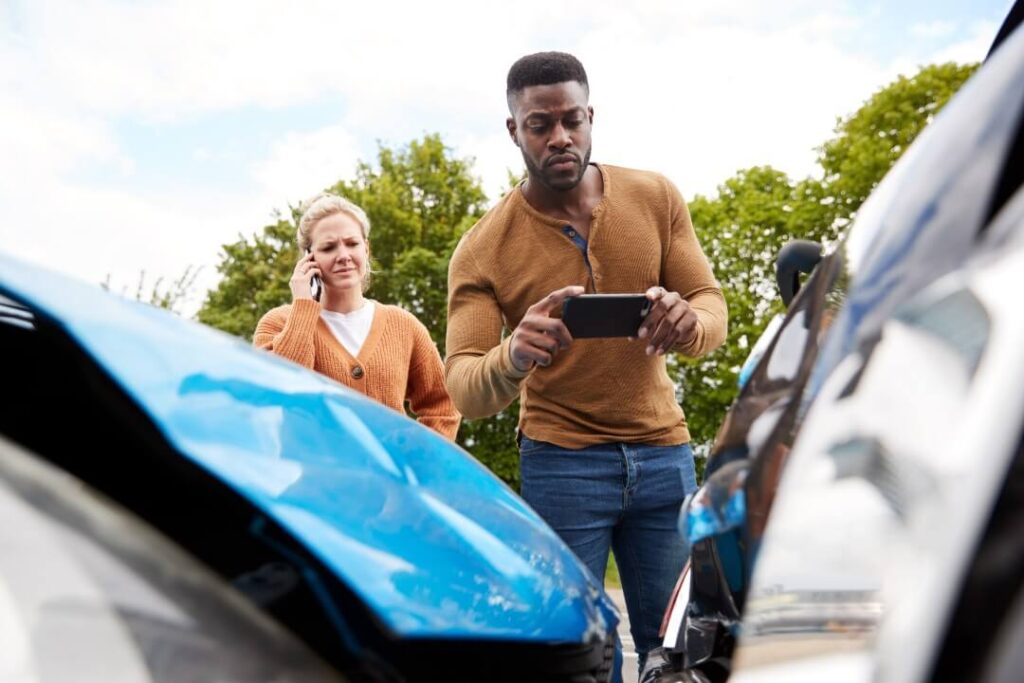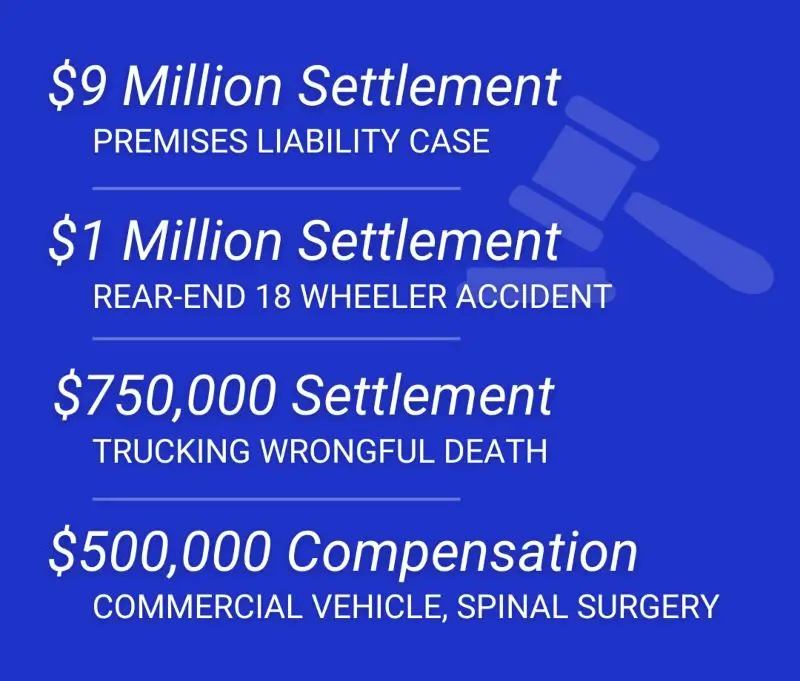Have you been injured in a car accident? Whether you’re filing an insurance claim or considering legal action, gathering and preserving evidence is the key to protecting your rights and getting the compensation you deserve for your injuries and financial losses. Here’s a guide to gathering solid evidence for your car accident case.

What Evidence is Crucial
As the person filing a claim or lawsuit, the burden of proof is on you. Your goal is to establish who was at fault for the accident, the extent of your damages, and that you deserve compensation. Better evidence paints a more complete picture of what happened, strengthening your case. Here are the types of evidence you should collect in case of an accident:
- Police report: After a collision, always call the police to file an accident report. The officer who arrives at the scene will write down details of the accident, statements from those involved, and their overall observations, creating a credible account of the incident.
- Photographic evidence: The immediate aftermath of an accident is a crucial time to take photos and videos of the scene, including vehicle damage, road conditions, and traffic signs. Remember, evidence like skid marks or debris can quickly disappear, so don’t leave the scene until you’ve taken all the photos you need.
- Witness statements: Independent accounts from people who saw the accident can provide helpful evidence of who was at fault. Collect names and contact information from witnesses who offer their accounts so your lawyer can get in touch with them later if needed.
- Video footage: If a traffic cam or private surveillance camera recorded the accident, you can use the footage to demonstrate that the other driver ran a red light, followed too closely, or broke other traffic laws.
- Medical records and bills: During your recovery, hold onto medical documents demonstrating the extent of your injuries and the treatments you received. Photos of your progressively healing injuries are also useful.
- Employment records and pay stubs: You’ll need documentation from your employer showing your usual earnings and time away from work to claim lost wages.
Special Considerations
When it comes to hit-and-run cases, collecting as much evidence as possible becomes even more crucial. Additionally, if you face accusations of lying about your injuries, providing detailed medical records and consistent documentation of your recovery process should be sufficient to disprove these allegations.
Contact a Houston Car Accident Lawyer
At Nava Law Group, we build strong car accident cases supported by solid evidence. Our dedicated team is well-equipped to handle your case, drawing on over 150 years of combined legal experience and a track record of successfully recovering compensation for our clients. Whether you’re dealing with the aftermath of a car accident or facing the complex task of proving a hit-and-run, we’re here to support you in your quest for justice. Contact us at 713.661.9900 to schedule a free consultation at one of our personal injury law offices in Houston, Bellaire, Edinburg, or Austin, TX.








